(January 21, 2023) “An exciting time to be at NASA as the agency along with industry prepare to return crews to the moon,” tweeted AC Charania, eleven days after he assumed office as NASA’s new chief technologist. He also posted a link to the upcoming Artemis III mission, which has many firsts to its credit – The mission has been designed to mark humanity’s first return to the moon in more than 50 years. It will be the first to attempt to land astronauts near the south pole of the lunar surface, and also the first woman and the first person of colour.
The newly appointed Indian-American chief technologist took charge from another Indian origin space expert, Bhavya Lal on January 3rd. A renowned engineer, Charania has always been enthusiastic about exploring the lunar surface and sending back people on the moon. Not just as explorers, he said in a keynote address five years ago, but “this time to stay.”
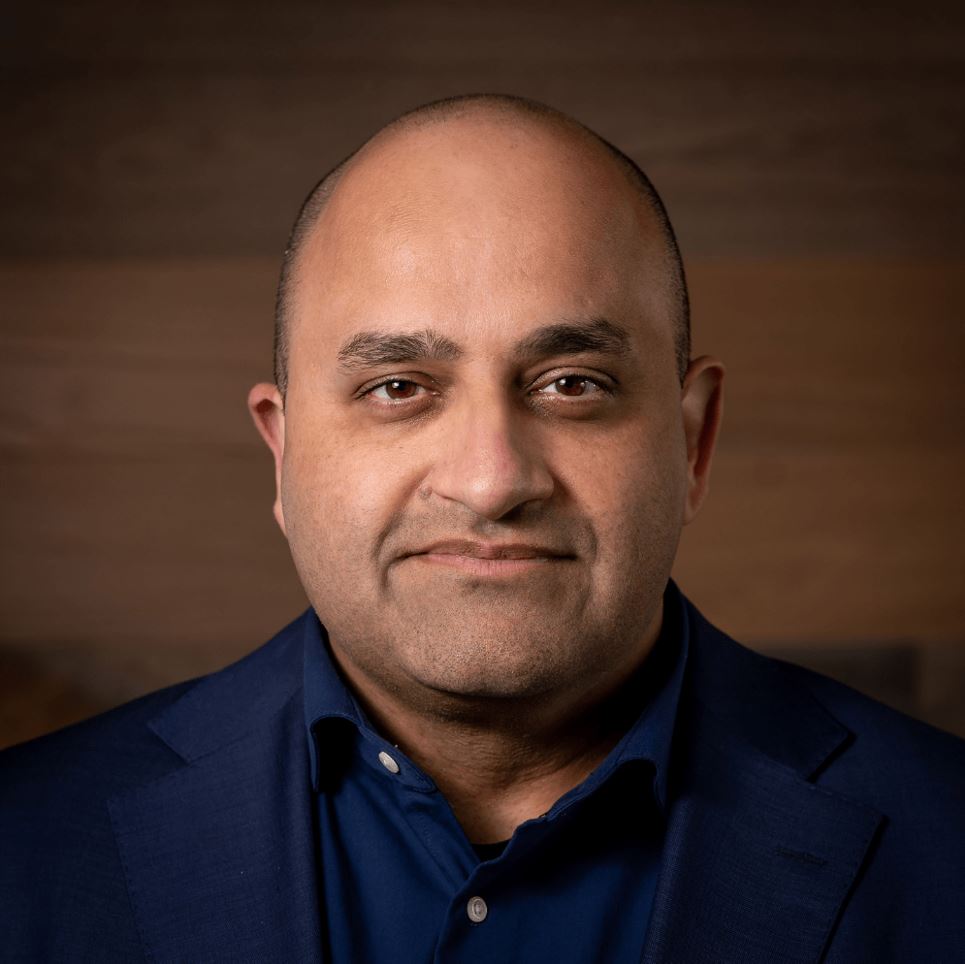
AC Charania
As NASA’s new chief technologist, he will serve as principal advisor to administrator Bill Nelson on technology policy and programmes at the space agency’s headquarters based in Washington DC. Global Indian takes a look at his eclectic journey.
What the moon beholds
“There are many interesting areas on the lunar surface that we are yet to explore. There are polar regions that we believe might have trapped volatiles, so there’s a lot more exploration that we need to do,” Charania had said back in 2018. He was associated with another organisation during that time. “There are grand solar system questions like how the solar system got formed, which we can answer by going back to the moon.”
Perhaps his arrival as NASA’s chief technologist can boost the scale, scope and frequency of human visits to the moon.
Deep expertise in turning dreams to reality
Charania brings a vast array of experiences to his role at NASA. He has been part of multiple leadership teams of aerospace companies, and holds solid expertise in advanced concepts ideation, design and analysis, project management, technology evaluation, business development, international trade compliance, government advocacy, and more.
A.C. Charania has been named as our agency's chief technologist. He will lead technological innovation and investments across our six mission directorates. Learn more about Charania's career and welcome him to our agency: https://t.co/SL2js0h0Yi pic.twitter.com/4av3oMYRX1
— NASA People (@NASApeople) January 9, 2023
A proponent of the belief that ‘big, curiosity-driven science outperforms all expectations regarding their usefulness, beating any other short-sighted strategy hands-down,’ Charania has been in the thick of transformational journeys of the organisations he has been associated with in the past.
The global innovator
Turning advanced concepts into reality, the global innovator has been involved in shaping the recent aerospace revolutions within small satellites, launch vehicles, hypersonics, human and robotic exploration, planetary defense, and aviation autonomy.
Prior to joining NASA, he served as vice president of product strategy at Reliable Robotics, a firm that works to bring certified autonomous vehicles to commercial aviation.
His previous experiences include working at Blue Origin, an organisation founded by the American entrepreneur, media proprietor, investor and commercial astronaut, Jeff Bezos. As Campaign Director of Blue Origin, Charania worked to enhance the lunar permanence strategy, Blue Moon lunar lander programme, and multiple technology initiatives of Blue Origin with NASA.
“A permanently inhabited lunar settlement is a difficult and worthy objective. If such an endeavour is to be successful and practical, we must be able to soft-land large amounts of mass onto the lunar surface, and we must be able to do so cost effectively,” he had remarked in a speech as a representative of Blue Origin.
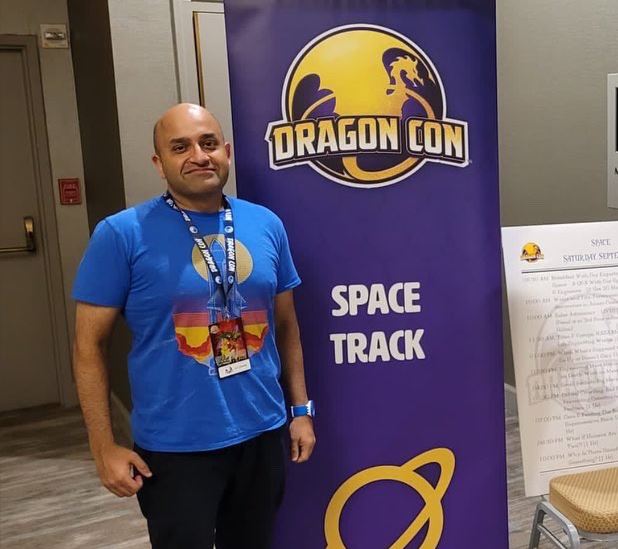
As one of the early employees of Virgin Galactic (now Virgin Orbit), Charania had added his expertise in strategy and business development for the LauncherOne small satellite launch vehicle programme.
Prior to that as one of the first employees of SpaceWorks Enterprises, he served in multiple management and technology roles, including helping to incubate two startups – Generation Orbit and Terminal Velocity Aerospace.
In his illustrious career, Charania has led the formation of the FastForward industry group focused on high-speed point-to-point transportation, and has also served on the Lunar Exploration Analysis Group Commercial Advisory Board.
Mission to lead space and aviation progress
Working at NASA’s Office for Technology, Policy, and Strategy, Charania would be aligning its agencywide technology investments with mission needs across six directorates and would oversee technology collaboration with other federal agencies, the private sector, and external stakeholders.
“The rate of advancement we seek in the 21st century is dependent upon selecting and maturing a portfolio of technologies into systems to execute our missions,” the chief technologist said after his appointment.
An exciting time to be at @NASA as the agency along with industry prepare to return crews to the Moon, here is a good summary of the upcoming Artemis III mission – the first one to land astronauts in the Moon's South Pole region: https://t.co/GjwJY49i1J pic.twitter.com/1KaMBPhta7
— A.C. Charania (@ac_charania) January 14, 2023
“There are incredible opportunities in partnerships within and outside of NASA. I now look forward to the opportunity to work with the entire community to increase the rate of space and aviation progress,” he said in a press release issued by NASA.
Illustrious background
The new NASA chief technologist holds a bachelor’s and a master’s degree in aerospace engineering from the Georgia Institute of Technology. During his time there, Charania researched the design and performance of hybrid rocket engines. His work earned him several awards, including the National Science Foundation Fellowship. After graduating, Charania pursued a career in the aerospace industry, and has been a NASA Innovative Advanced Concepts Fellow in the past.
To merge his understanding of technology with the aspect of business, Charania has topped up his technical expertise with a Bachelor’s degree in economics from Emory University.
He has led dozens of proposals to NASA, DARPA, USAF, large aerospace primes, and multiple entrepreneurial space ventures; from several million to several billion dollars of value leading to successful capture of more than a billion dollars of government and commercial contracts.
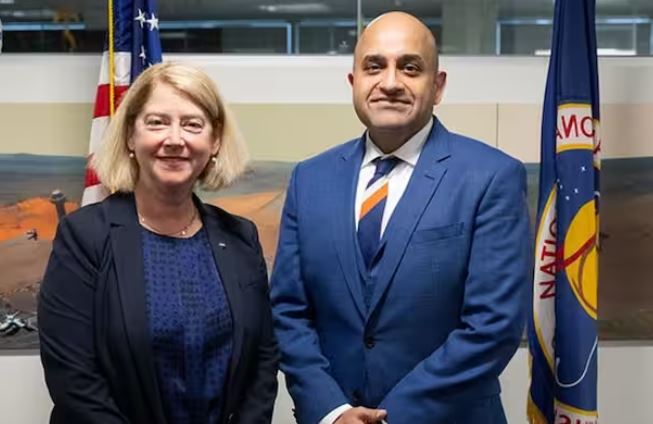
AC Charania with a NASA official
The author of dozens of papers and publications, speaker at multiple public conferences and events, Charania has been living in the US with his family. He is a member of multiple professional societies and organizations, including several aerospace-related academic outreach programmes.



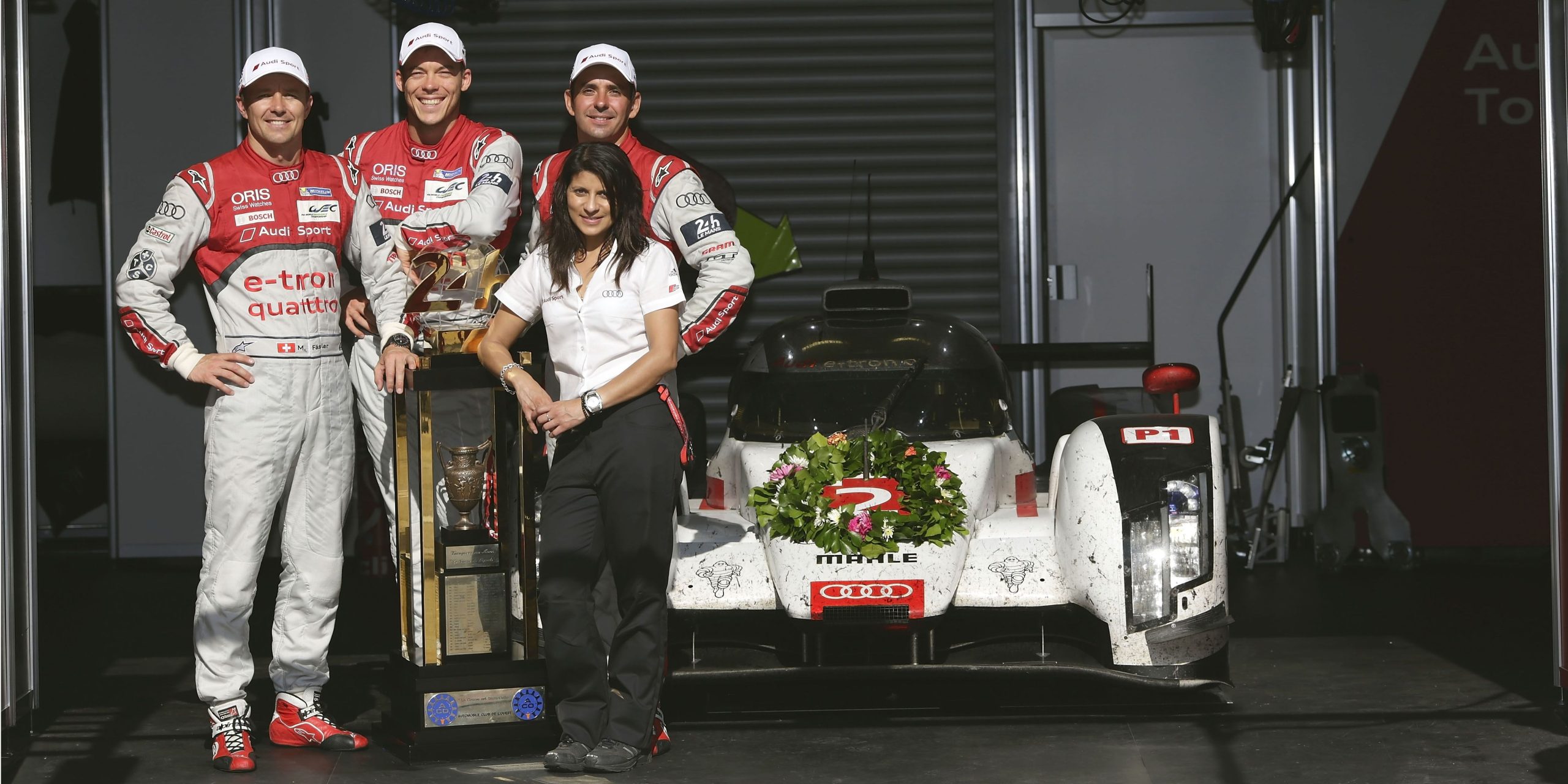


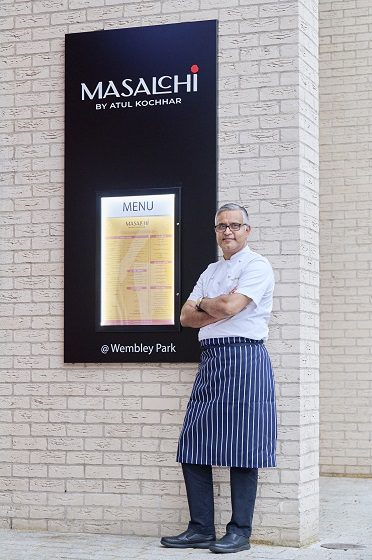

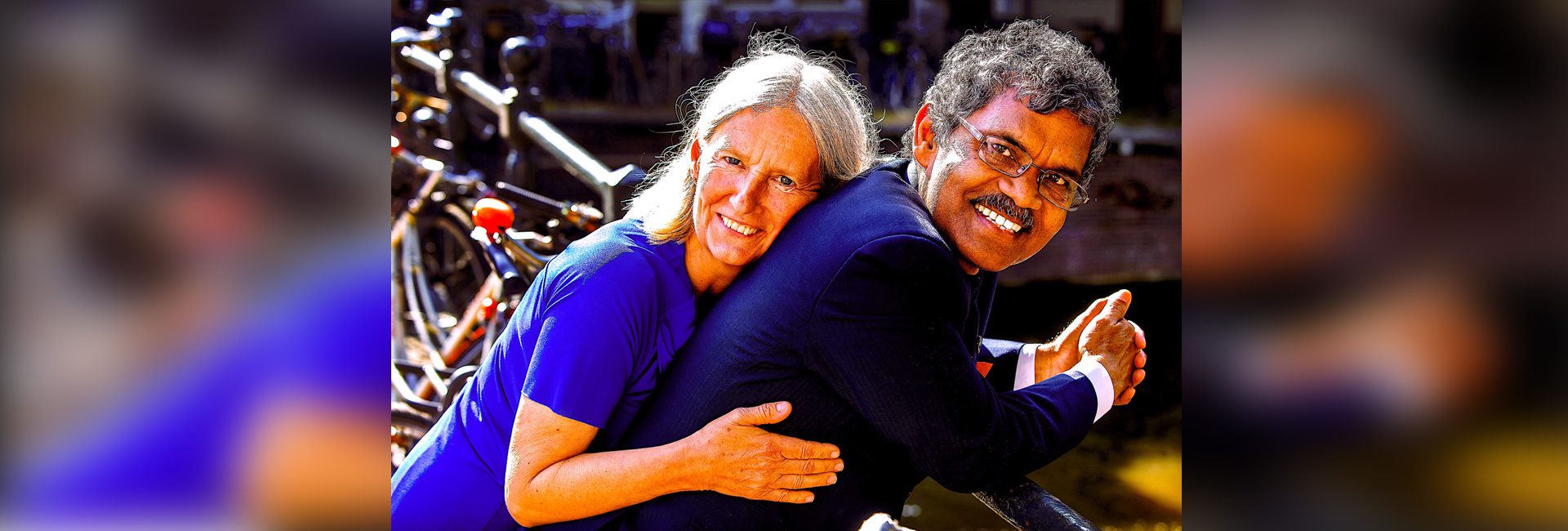
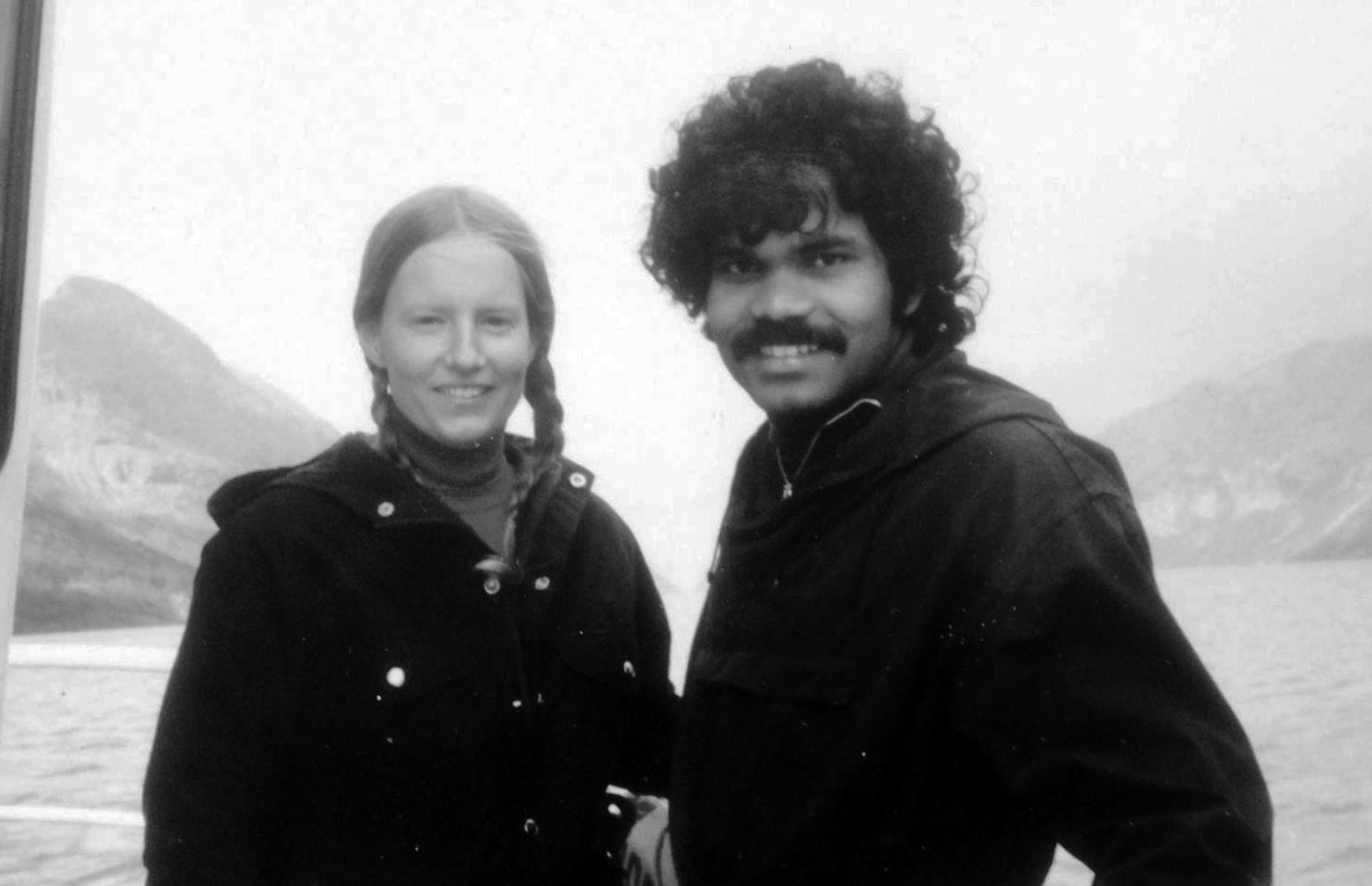 PK Mahanandia and Charlotte[/caption]
PK Mahanandia and Charlotte[/caption]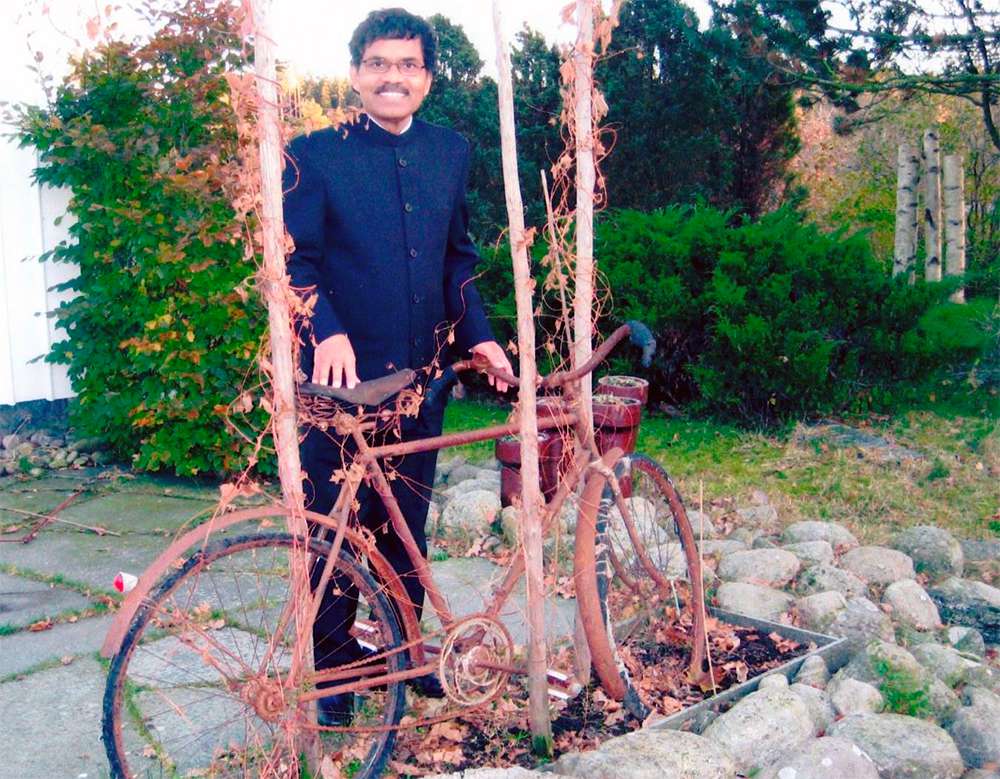 This cycle on which travelled from India to Europe[/caption]
This cycle on which travelled from India to Europe[/caption]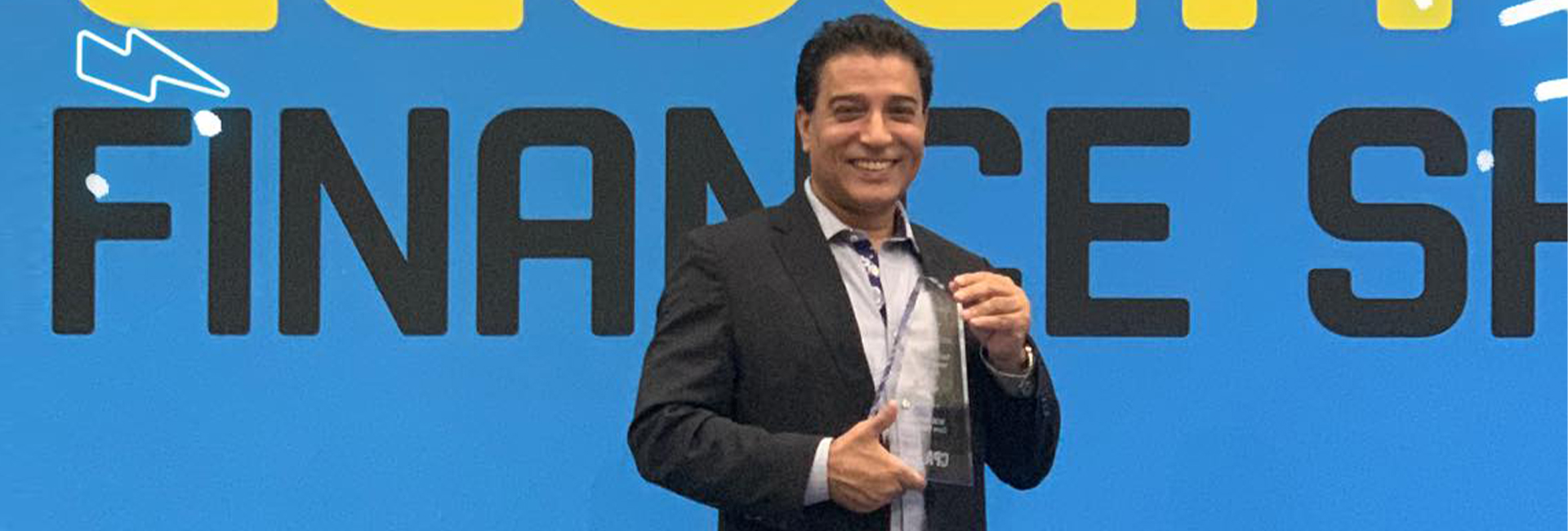
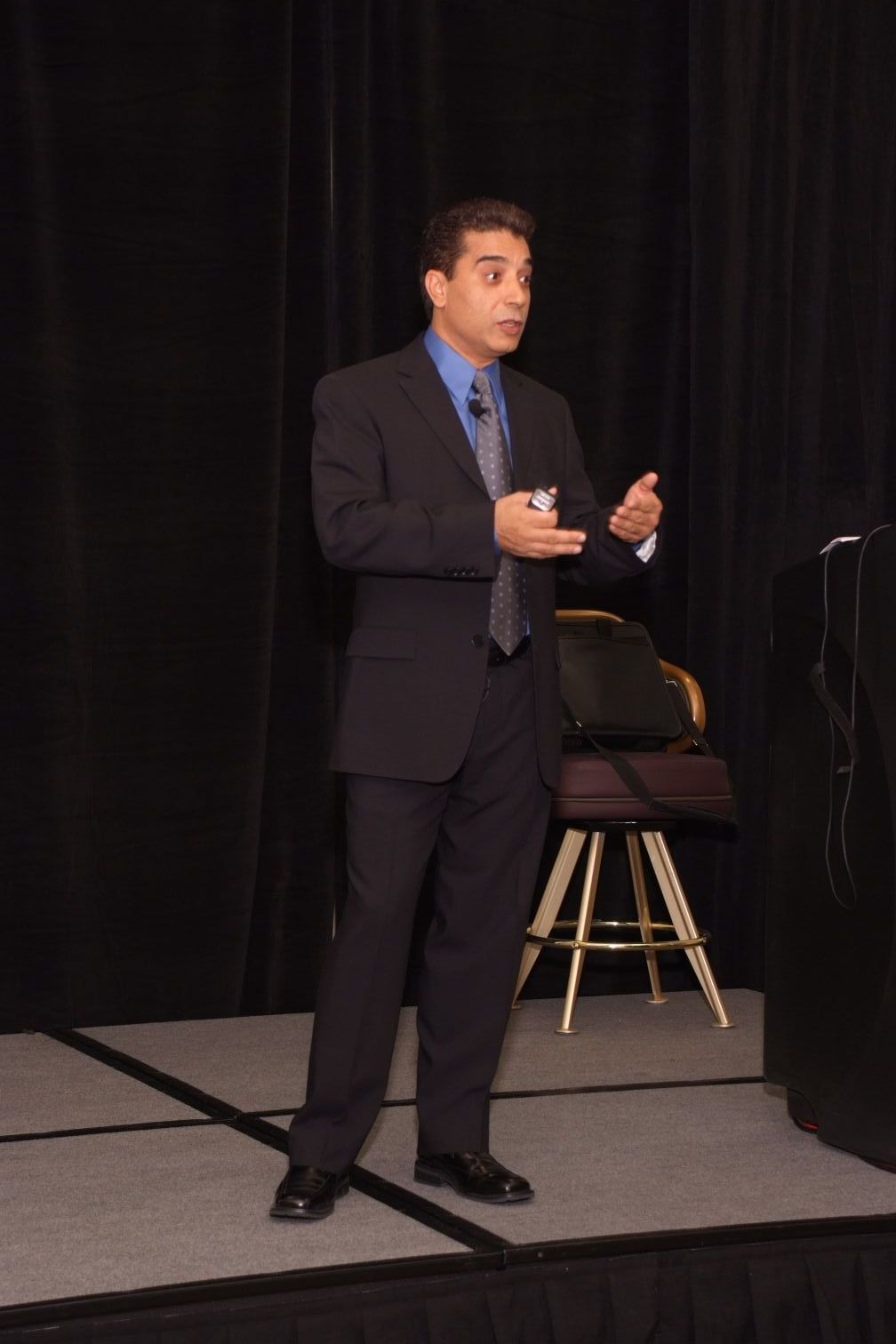
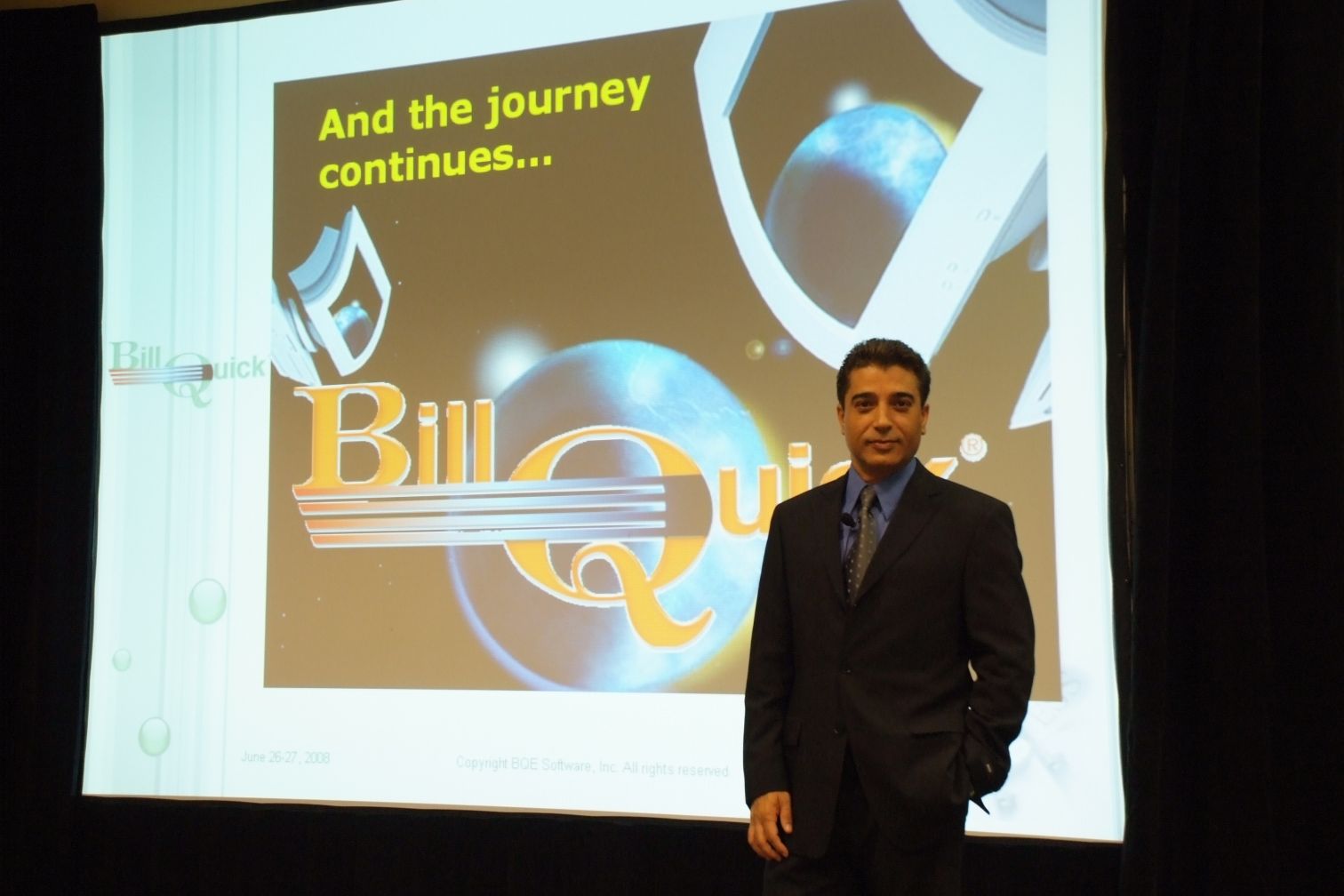

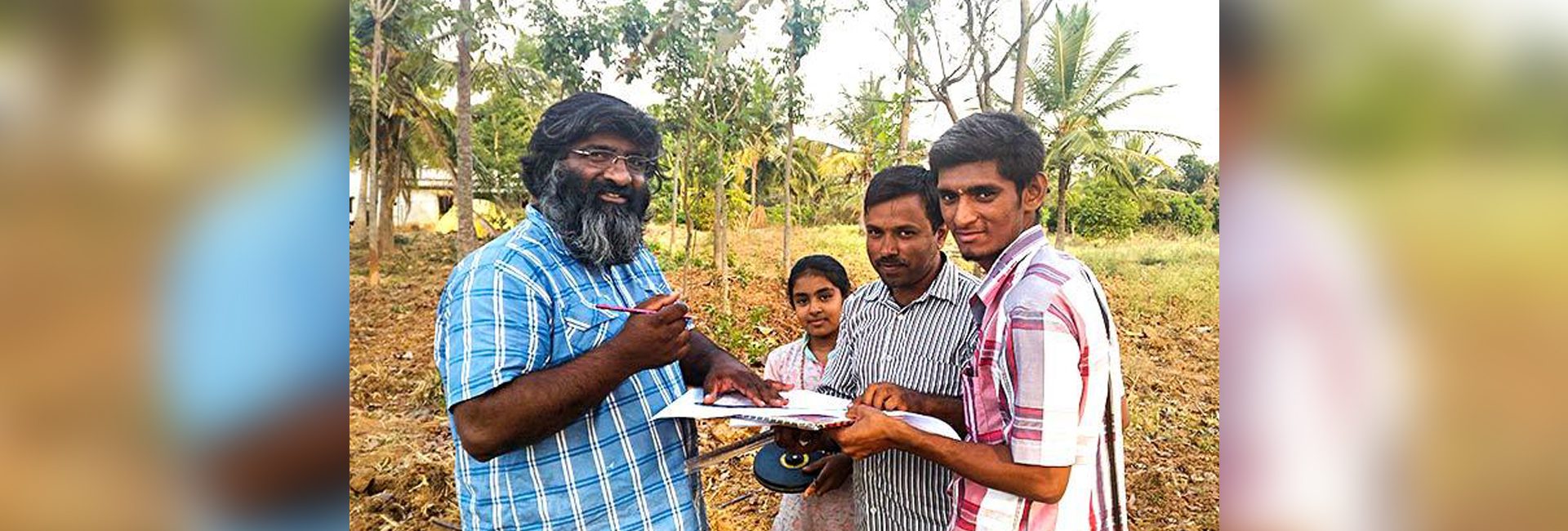
 Akshayakalpa farm[/caption]
Akshayakalpa farm[/caption]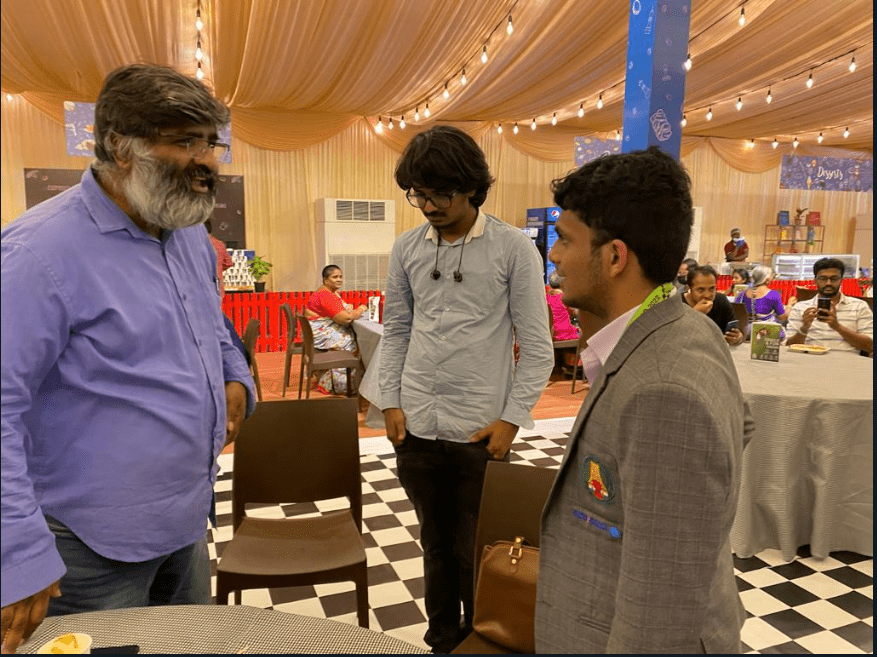 Shashi Kumar with Grandmaster Nihal Sarin[/caption]
Shashi Kumar with Grandmaster Nihal Sarin[/caption]